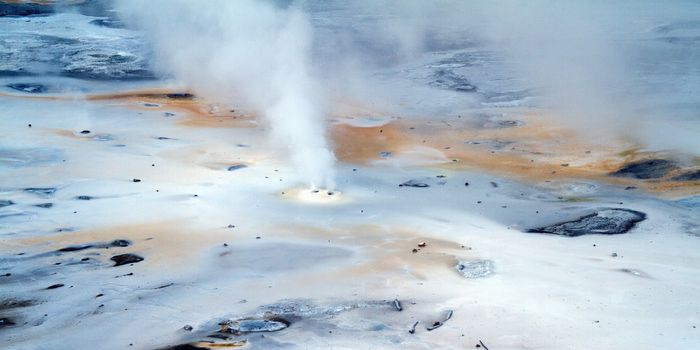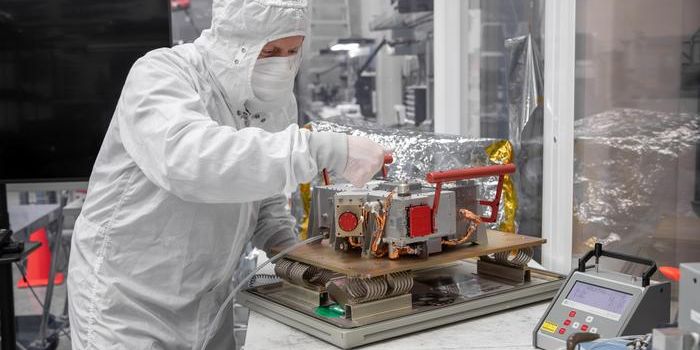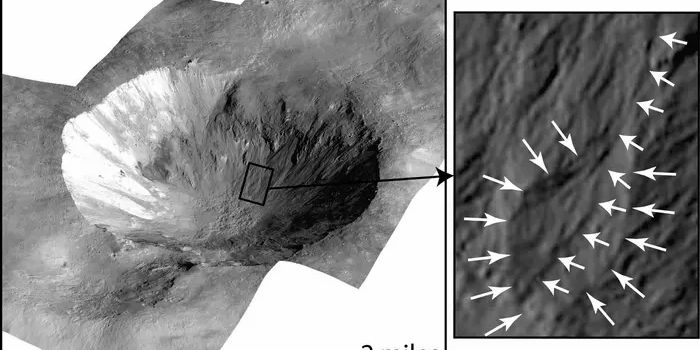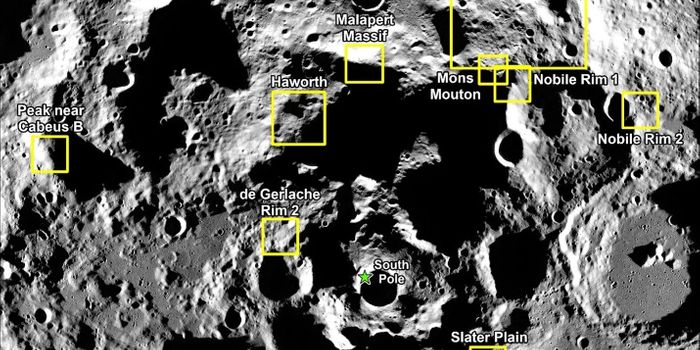Could the Successful Juno Mission See an Extension Beyond 2021?
The Juno mission, launched by NASA in 2011 to explore the fascinating Jovian system, finally arrived at its destination in 2016. Since then, the spacecraft has used its onboard JunoCam to capture drop-dead gorgeous photographs of Jupiter’s clouds, poles, and even the infamous Great Red Spot up close and in unprecedented detail.
Because Jupiter is so massive, its magnetic fields and gravitational influence are extraordinarily powerful when compared to the Earth’s. NASA knew that Juno would be venturing into one of the solar system’s harshest environments, and because of this, spacecraft engineers couldn’t equip Juno with just any telescope; they needed something significantly more durable.
Enter JunoCam, the stout little camera that snapped all those beautiful shots we’ve witnessed thus far of Jupiter’s atmosphere. JunoCam is nearly indestructible and can withstand the Jovian system much better than any traditional space telescope could. It can photograph Jupiter in RGB color and provide missions scientists with the data they need to better understand this alien planet.
Juno doesn’t spend a lot of time up close and personal with Jupiter. Its highly elliptical orbit paired with its constant rotation ensures stability as the spacecraft approaches the giant gassy planet. JunoCam is fast enough to capture detailed images of Jupiter as the spacecraft rotates and can capture vast images with just a single snap rather than stitching a mosaic of several images.
The Juno mission was originally poised to end sometime in 2021, but given just how well the spacecraft appears to be holding up, it’s entirely possible that the mission could see an extension as scientists continue to explore the Jovian system.








